As a type of hydraulic fitting, quick hydraulic couplers use a latch or spring mechanism for automatic locking, and their various sizes can be applied to hydraulic systems ranging from low to high pressure.
May 22, 2025
Since hydraulic systems operate under high pressure, fluid leakage can lead to reduced efficiency or even safety hazards. Therefore, the importance of hydraulic fittings with reliable sealing becomes even more prominent.
Hydraulic quick couplers are specialized devices used in hydraulic systems to quickly connect and disconnect hydraulic lines. Precision machined hydraulic joints,Often, it is necessary to achieve an accuracy of ± 0.01 mm to ensure secure and leak-free connections. These couplers do not require tools for connection or disconnection, significantly improving work efficiency and reducing downtime. This guide provides a comprehensive overview of the types, mechanisms, advantages, and standards associated with hydraulic quick couplers.
Quick connection and disconnection:Quick connection and disconnection are prominent advantages of hydraulic quick couplings; using a latch or spring mechanism, they can connect or disconnect hydraulic lines within seconds without the need for tools.
Reliable sealing:Another advantage is that hydraulic quick fittings are typically equipped with high-quality rubber, their surfaces are precision-machined and polished, and the latch and spring mechanisms apply constant pressure during connection; all of these factors make the sealing performance of hydraulic couplers exceptionally reliable.
Wide applicability:Hydraulic couplings come in various types, and hydraulic quick couplings are available in multiple sizes, specifications, and materials, making them suitable for industries with a wide range of diameters and pressure requirements.
Reduce operational risks:The quick coupling is a protective hydraulic component designed to prevent operators from directly coming into contact with high-pressure fluid.
Reduce maintenance costs:Whether for disassembly or replacement, it is very convenient, saving time while reducing costs.
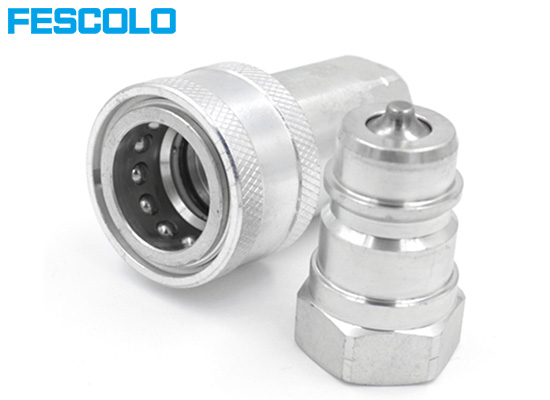
Mechanism:
The basic structure of push-pull couplings is similar to that of ball-lock couplings, but with the added functionality of enabling quick connect or disconnect operations via pushing or pulling. This makes them ideal for one-handed or blind operations.
Standard:
ISO 5675 is an international standard developed by the International Organization for Standardization specifically for hydraulic quick couplings used in agricultural and forestry machinery. It defines the structural dimensions, performance requirements, and interchangeability of couplings to ensure compatibility, safety, and efficiency across different equipment and brands.ISO 5675 Series is designed by Fescolo for frequent operational needs.
Advantages:
One-Handed Operation: No tools or two-handed effort required, making it ideal for frequent accessory changes or operations in hard-to-reach locations.
Stable Panel Mounting: Commonly used with brackets or panel clips, the coupling is fixed on the equipment, allowing faster and more efficient connect and disconnect actions.
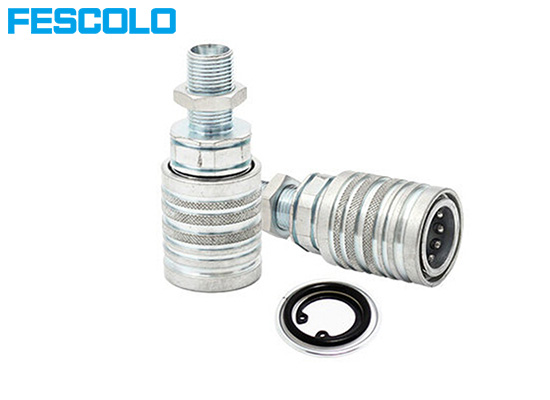
Mechanism: The core feature of the flat quick connector is that the connection surfaces at both ends are completely flat, and there is an automatic shut-off valve inside to ensure almost zero liquid leakage during connection and disconnection, and it is not easy to inhale air or impurities.
Usage:When using the connection, clean the flat surfaces at both ends first to ensure that there is no dust or particles; Align the male connector with the female connector and insert it; Or tighten the screw sleeve to complete the connection; The valve automatically opens, establishing a fluid pathway. Release the locking mechanism at both ends to automatically close the valve core when disconnected; Pull out the male connector, and the liquid will not drip.
Standard: ISO 16028 is an internationally recognized standard, and Fescolo mainly provides the ISO 16028 Series, which is commonly used for construction machinery and suitable for harsh environments.
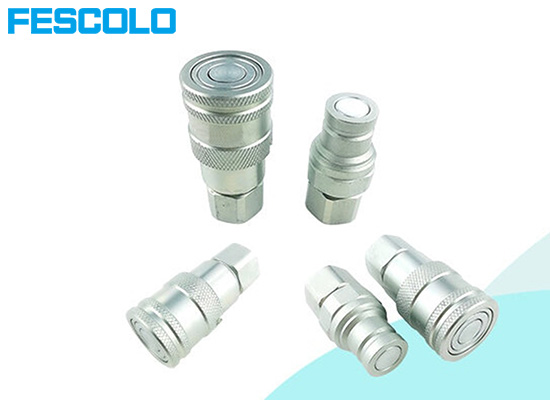
Mechanism
The structure of Threaded Couplings includes the following components: a threaded locking system, which securely locks both ends of the male joint by tightening the threaded ring to prevent detachment; Built in shut-off valve, automatically closes the valve core when the connector is disconnected to prevent oil from flowing out; When connected, the valve core opens to form a passage; Anti residual pressure, commonly used in emergency repairs and hydraulic tools; Heavy duty sealing system, high-pressure sealing ring+metal support ring, suitable for high pressure and impact loads
Advantages:
Strong resistance to high pressure
Extremely strong sealing
Adapt to impact and vibration loads
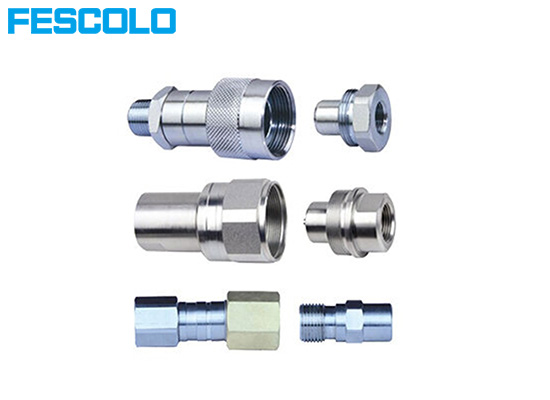
When using and replacing hydraulic quick fittings, you need to pay attention to the following aspects:
Pressure
Hydraulic couplers must withstand the system's maximum working pressure with a 10–30% safety margin. Typical applications: agricultural machinery (10–25 MPa, ISO5675/ISO7241 A), industrial systems (20–31.5 MPa, ISO7241 B), and high-pressure systems favor threaded couplings. Burst pressure, 3–4× the working pressure, indicates safety under extreme conditions.
Velocity of flow
The unit is usually L/min or GPM.
The flow rate is closely related to the inner diameter of the joint, and choosing the appropriate diameter can prevent excessive pressure drop and heat generation.
Material
Steel: Steel is known for its high strength and durability, making it very suitable for withstanding large mechanical forces
Brass: Brass has excellent corrosion resistance, but its strength is not as good as steel. It is suitable for applications with corrosive liquids and relatively low pressure.
Plastic: Plastic also has a certain degree of corrosion resistance, but its heat resistance is not as good as steel and brass, often considering the combination of cost and application.
Aluminum alloy: The significant advantage is its lightweight, average pressure resistance, and can be used on mobile devices.
Temperature
The working temperature of hydraulic systems generally has a wide range, and the temperature tolerance of coupling materials and seals needs to be considered.
Chemical substances: In hydraulic systems, contact with cleaning agents, solvents, and process fluids is not uncommon. When selecting materials for hydraulic quick couplings, the chemical properties of the fluid medium need to be considered.
Corrosion: Corrosion is not a common issue, as corrosive substances can cause degradation of joint materials, leading to leakage and system failures.
Hydraulic fittings are important components of Intelligent hydraulic systems are needed to effectively improve the product quality and production efficiency of enterprises. Different types of hydraulic quick couplings enable them to adapt to different application fields with different requirements. With the introduction of this guide, you can have a clear understanding of the selection and cognition of hydraulic couplings. Fescolo hopes to help you with your selection.
You May Interest In
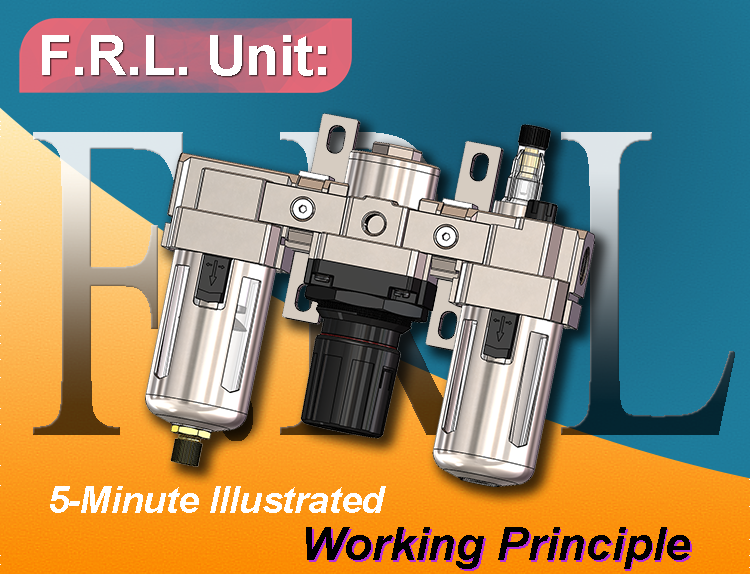
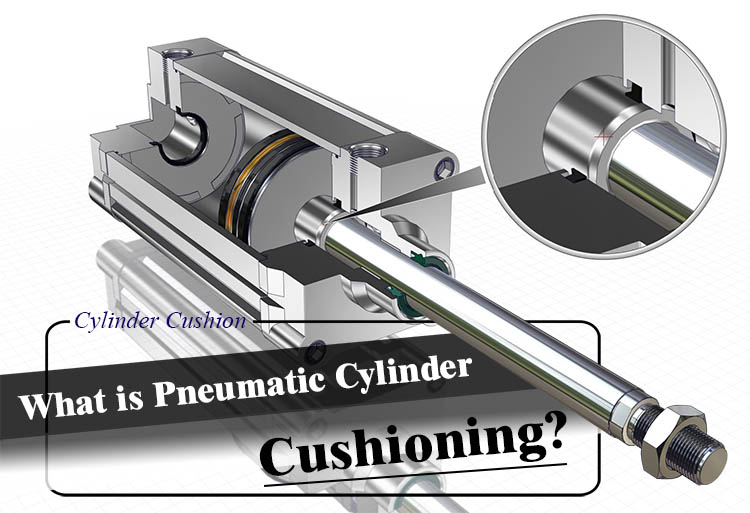
Nov 10, 2025 Blog
What is Pneumatic Cylinder Cushioning?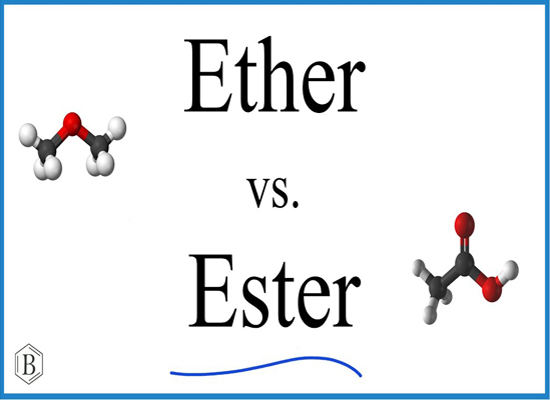
Nov 04, 2025 Blog
How to remember ester vs ether quickly?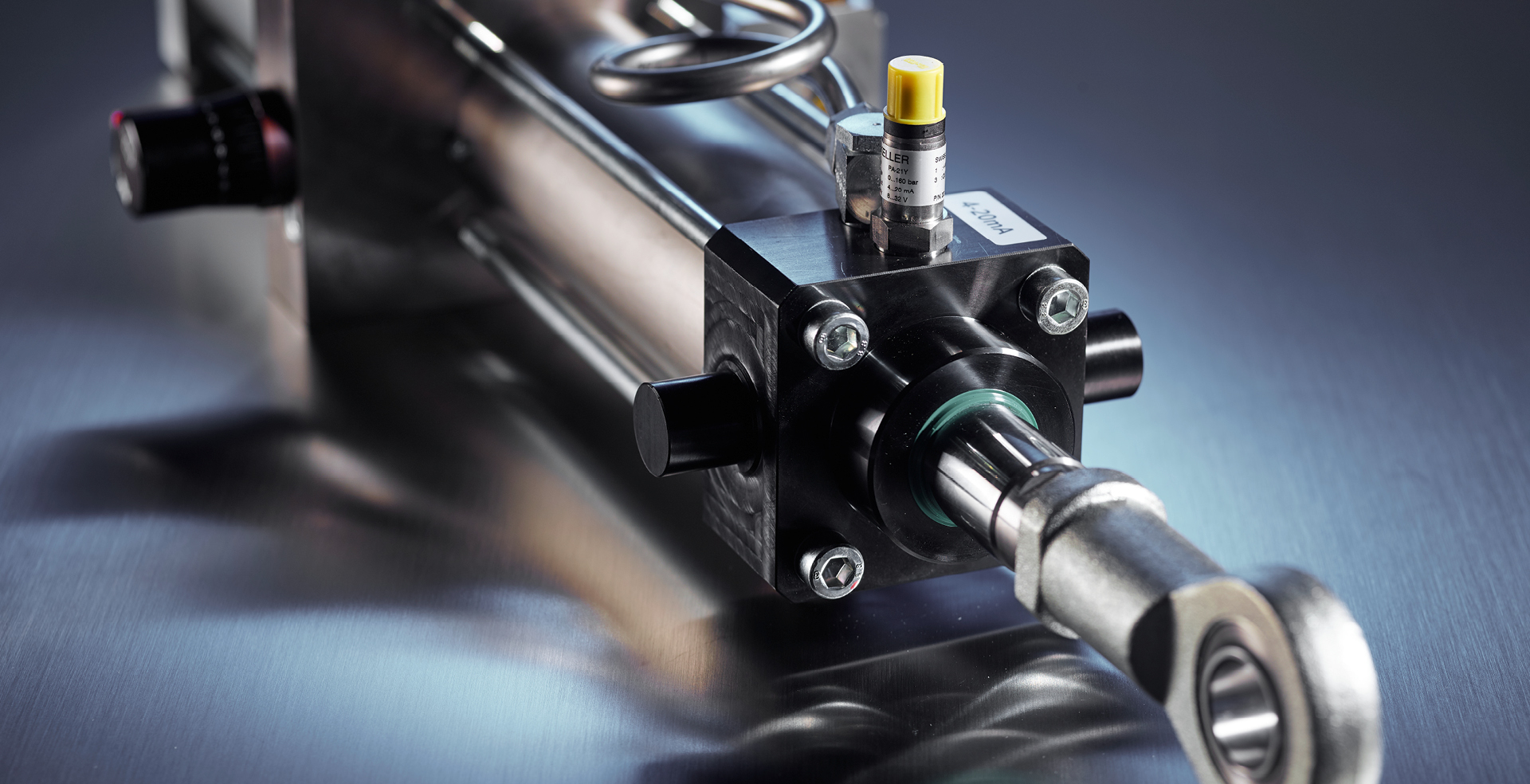
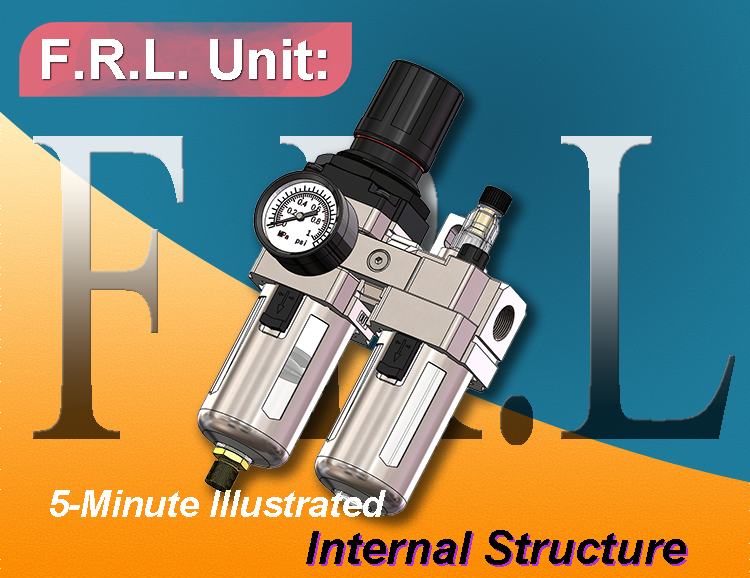

Oct 24, 2025 Blog
8 common reasons for pressure gauge might failure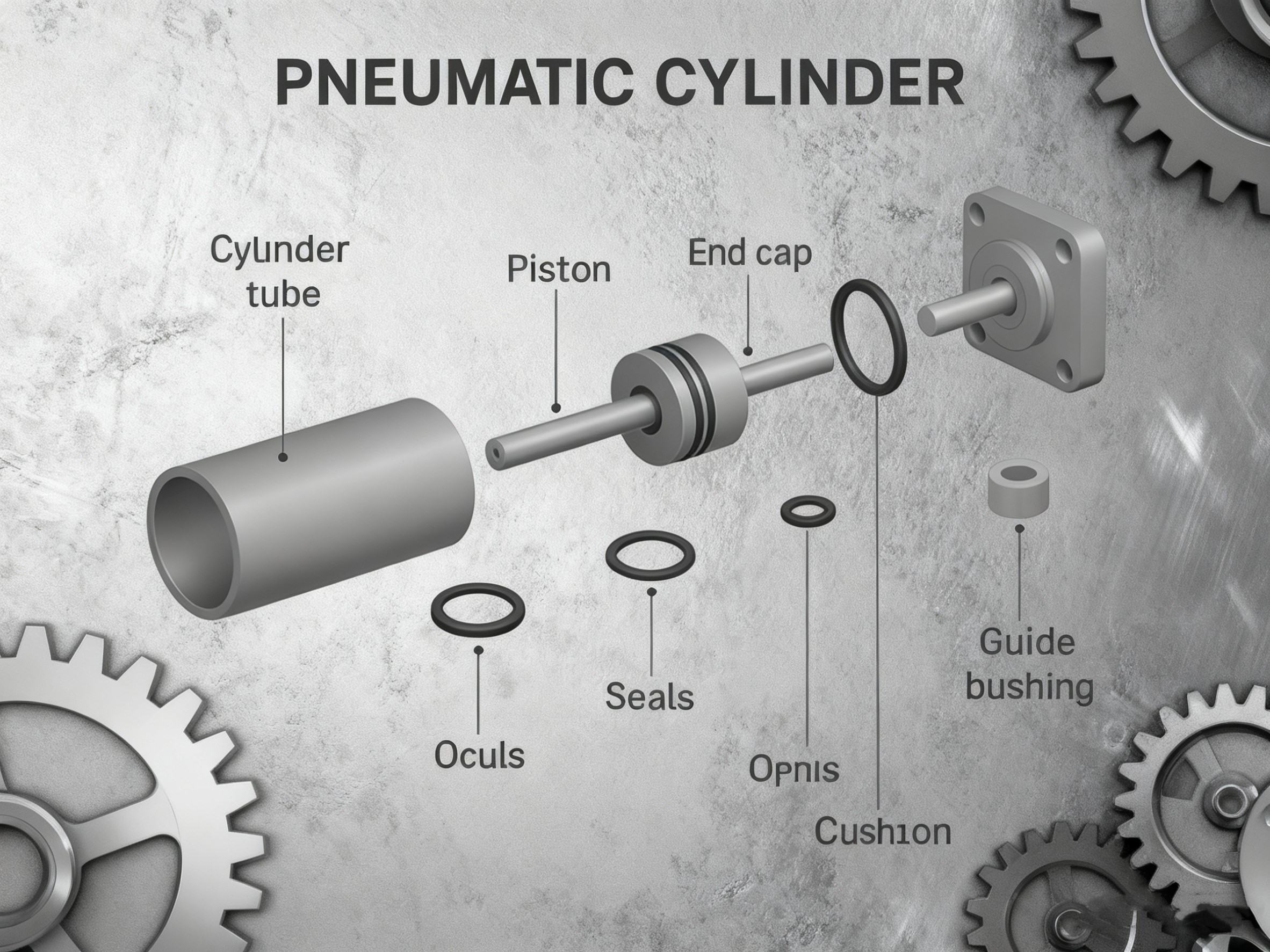
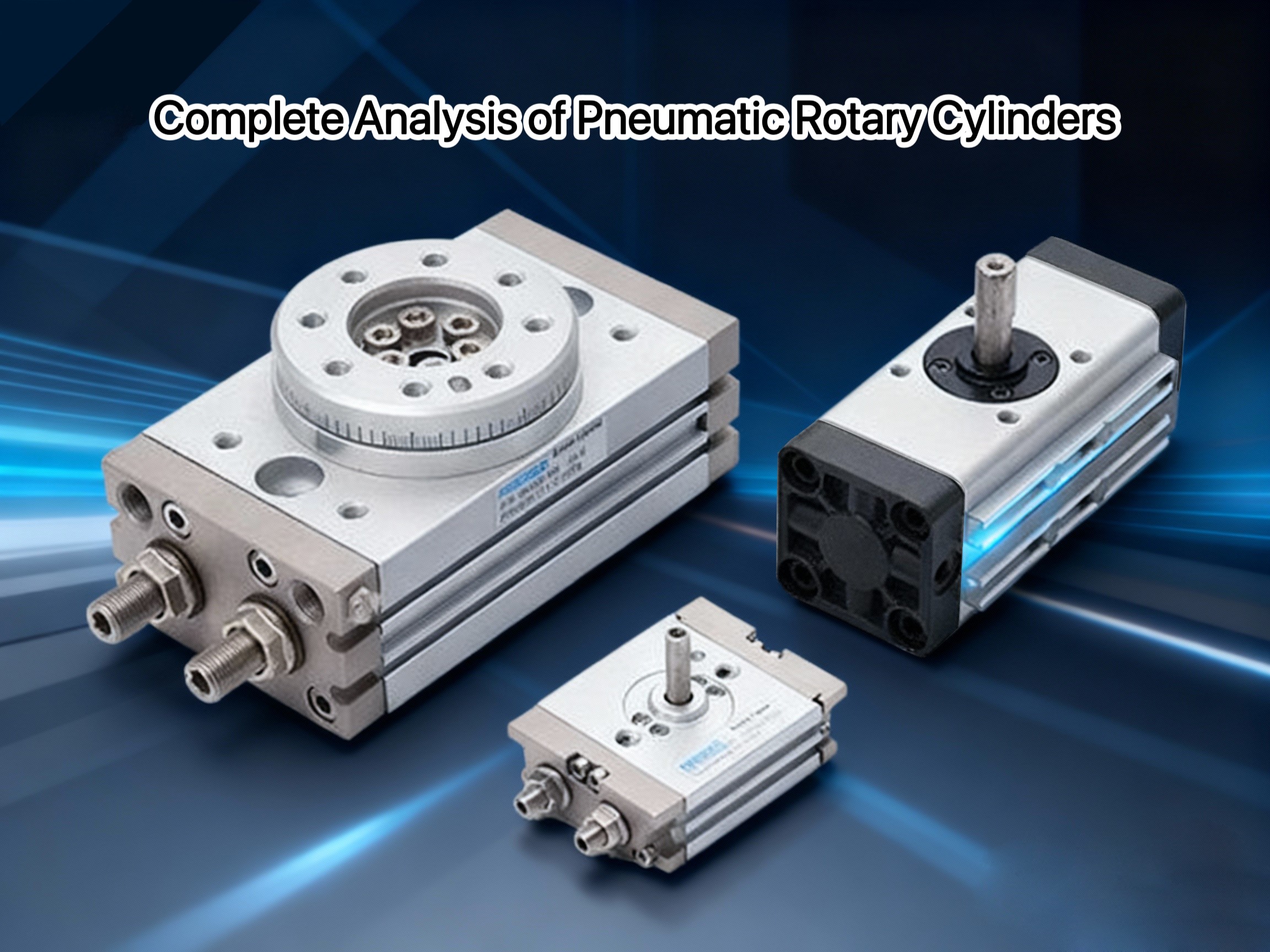
Aug 01, 2025 Blog
Complete Analysis of Pneumatic Rotary Cylinders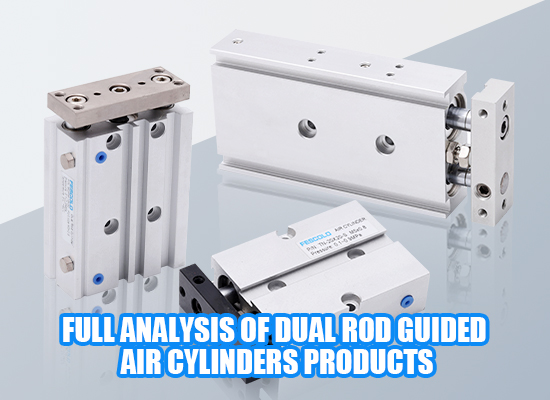
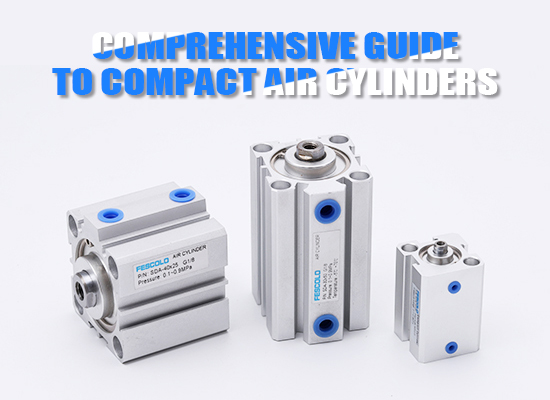
Jul 30, 2025 Blog
Comprehensive Guide to Compact Air Cylinders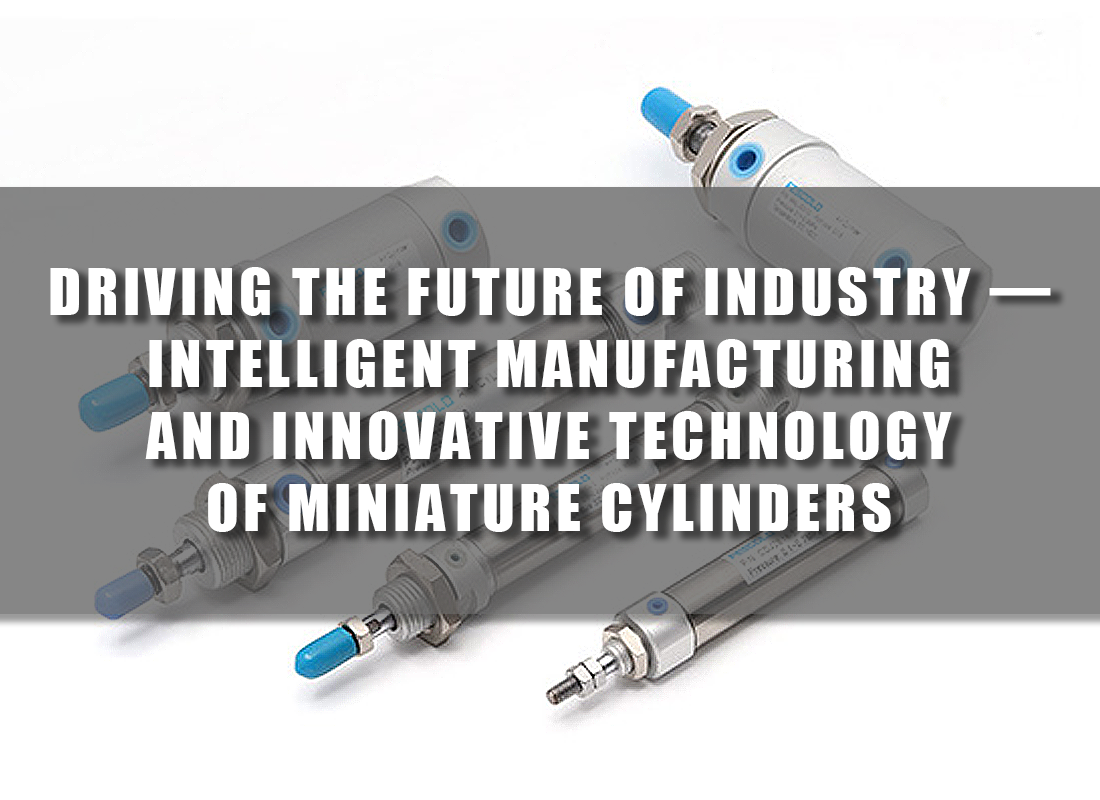

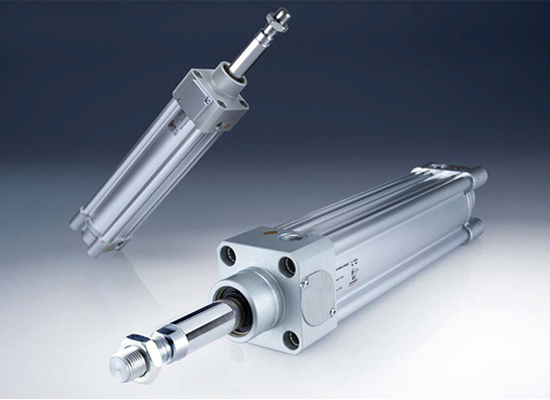
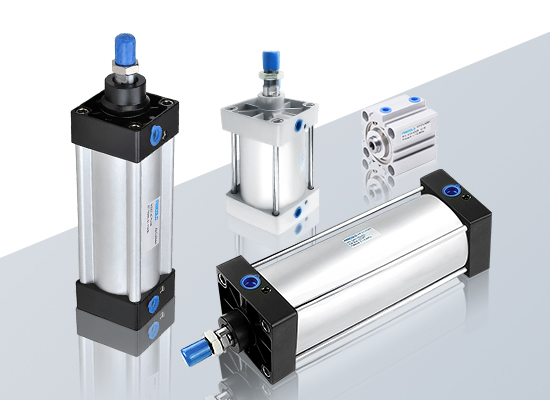
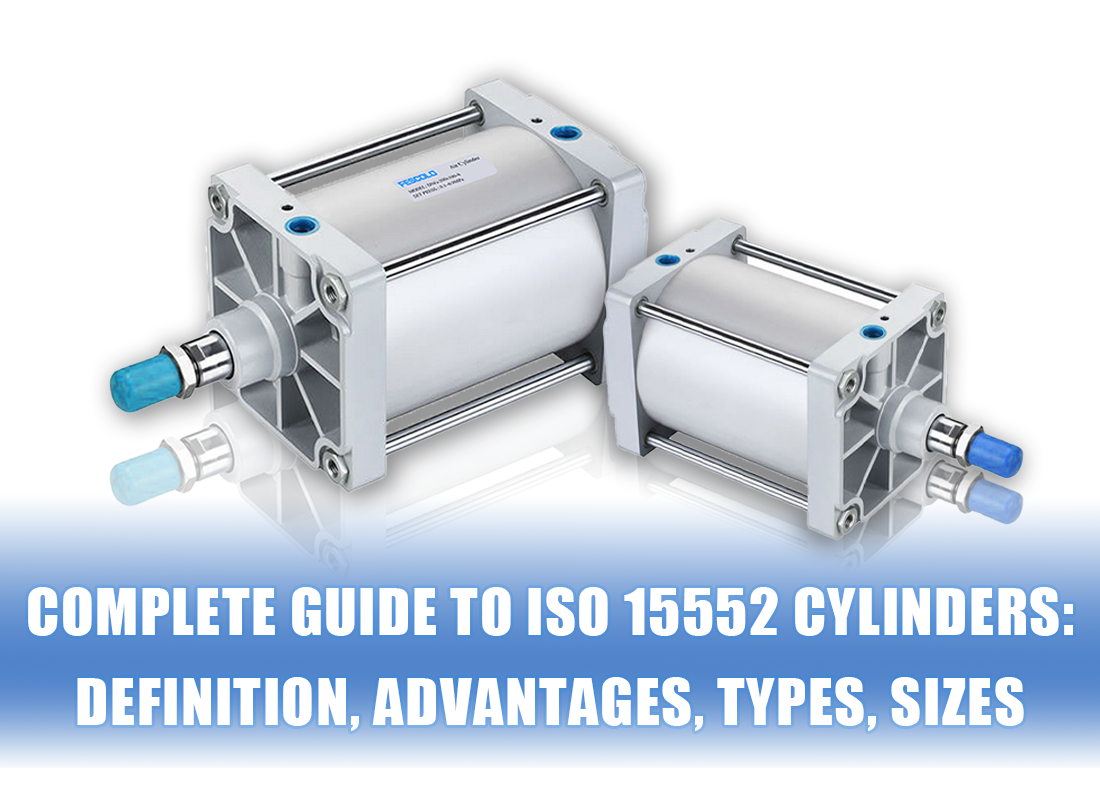
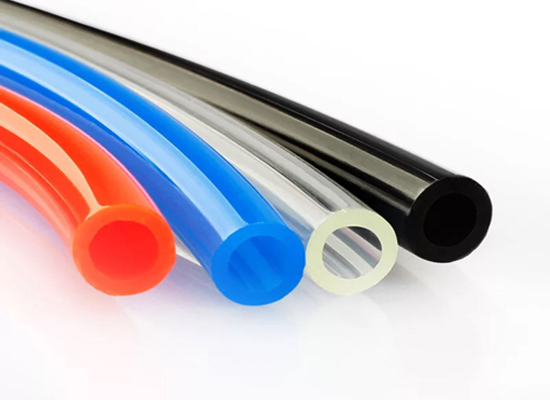
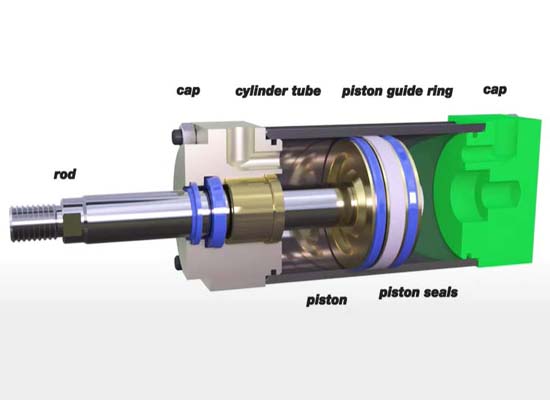
Apr 23, 2025 Blog
Exploring the Critical Parts of a Pneumatic Cylinder
Apr 23, 2025 Blog
anti-rotation cylinder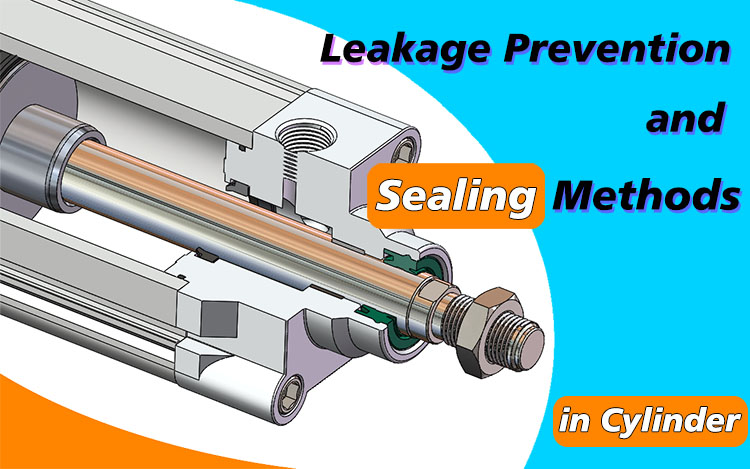
Mar 28, 2025 Blog
Leakage Prevention and Sealing Methods in Cylinder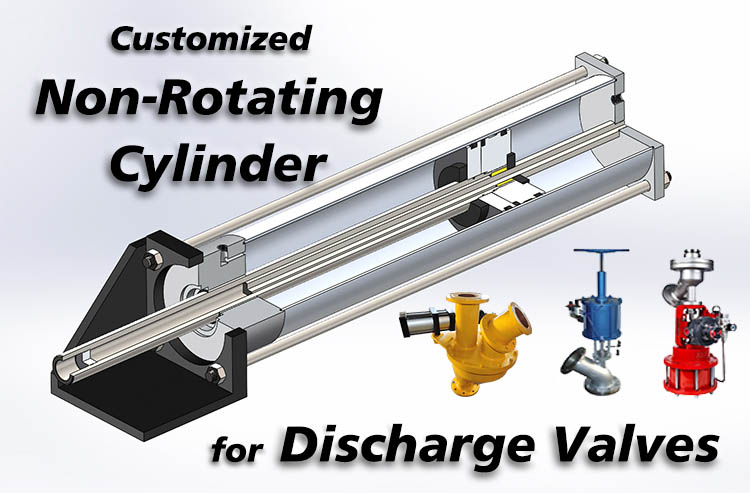
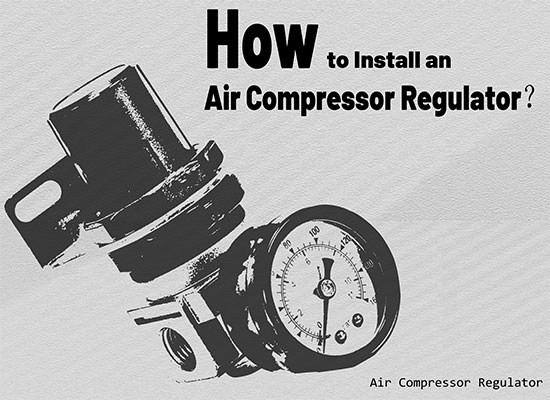
Mar 18, 2025 Blog
How to Install an Air Compressor Regulator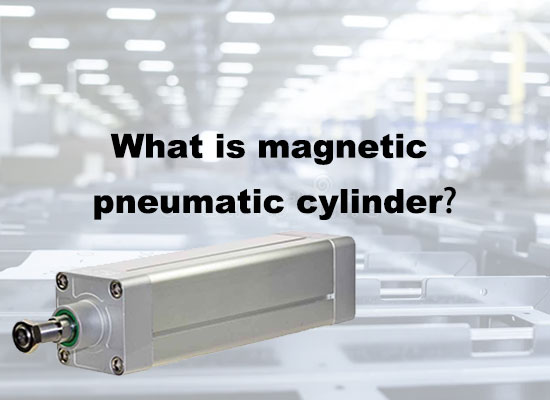
Mar 13, 2025 Blog
What is Magnetic Pneumatic Cylinders?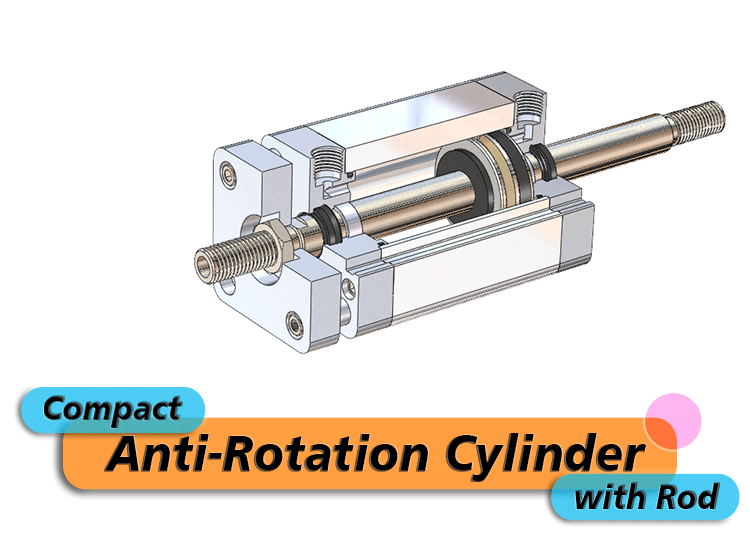
Mar 10, 2025 Blog
Compact Anti-Rotation Cylinder with Rod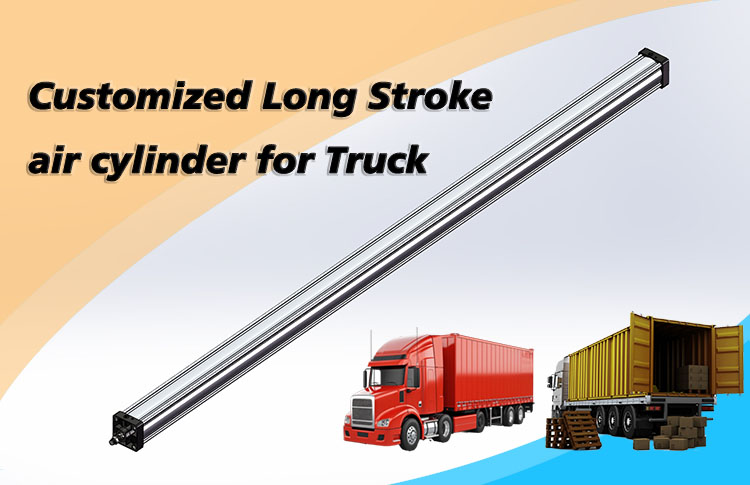
Mar 10, 2025 Blog
Customized Long Stroke Air Cylinder for Truck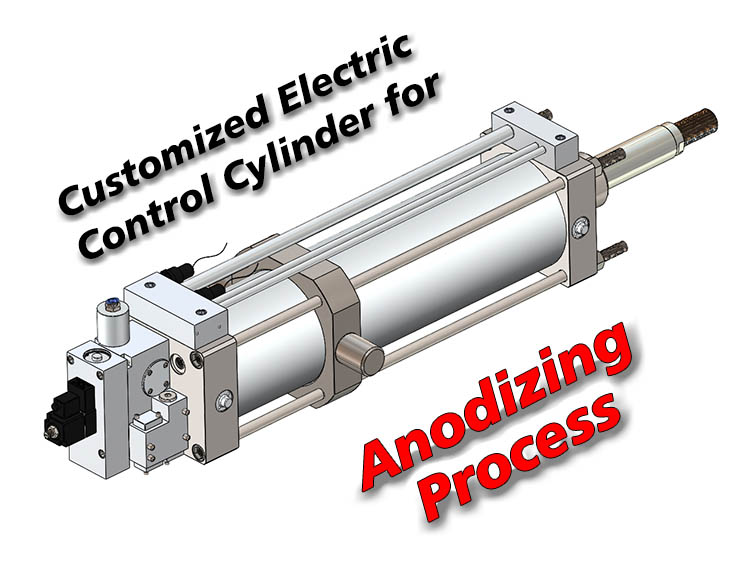
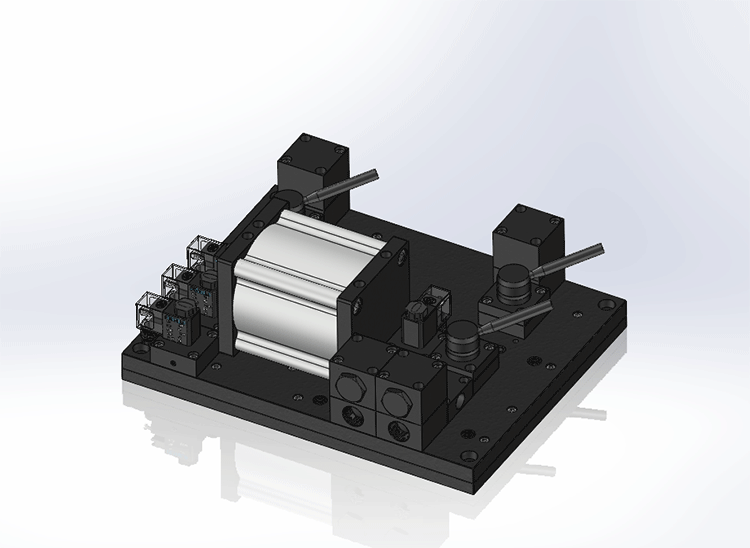
Mar 10, 2025 Blog
Customized Combination Manifold Valves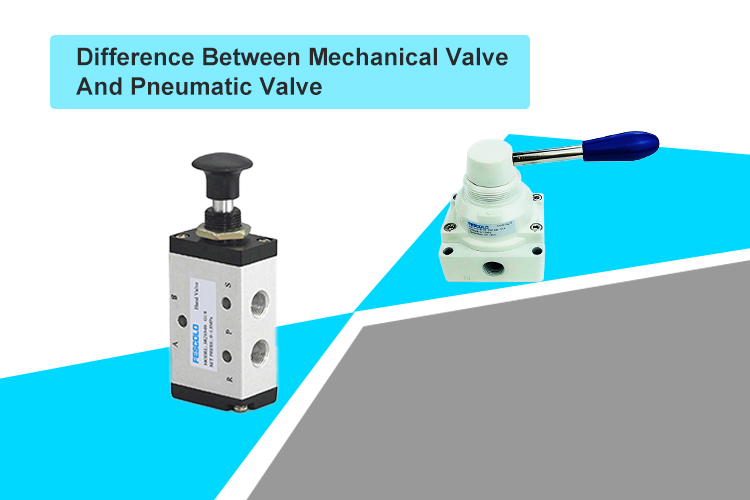
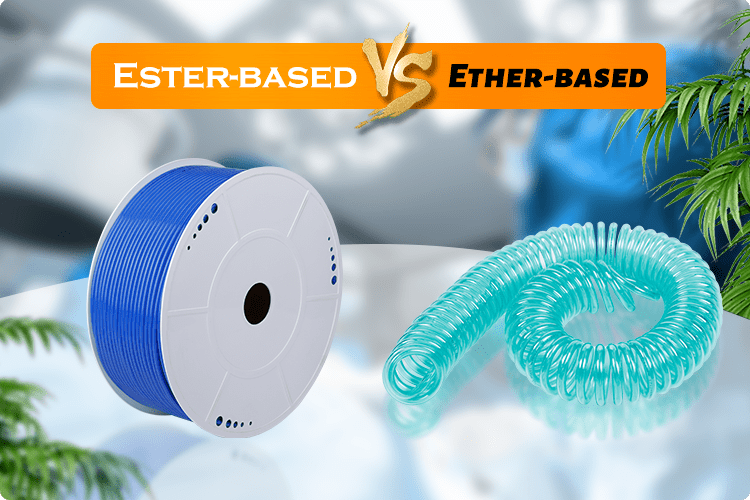
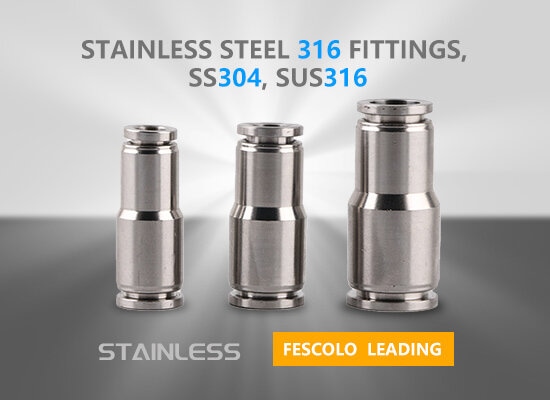
May 16, 2019 Blog
STAINLESS STEEL 316 FITTINGS, SS304, SUS316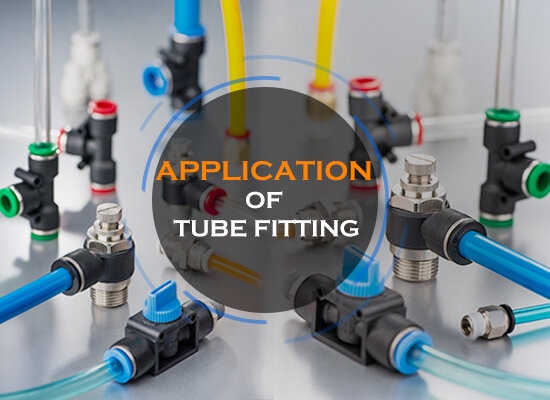
May 03, 2018 Blog
Application Of Tube Fitting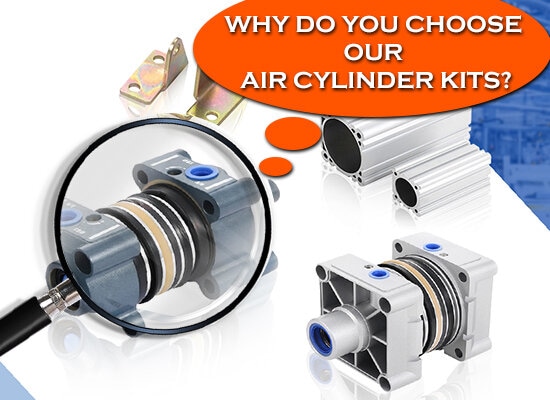
Jun 08, 2018 Blog
Why Do You Choose Our Air Cylinder kits?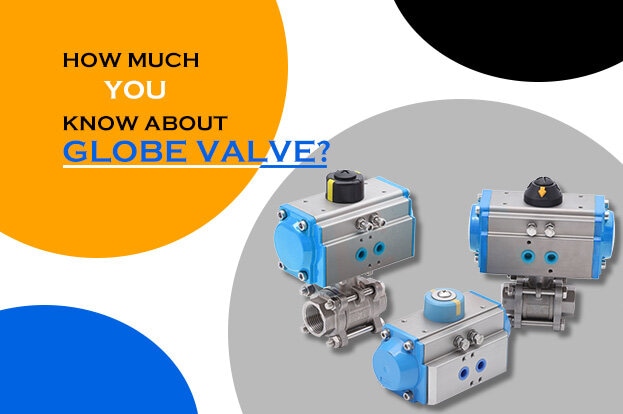
Feb 09, 2018 Blog
How much you know about globe valve?FOKCA ©1998-2025 Fescolo Pneumatic All Rights Reserved Sitemap